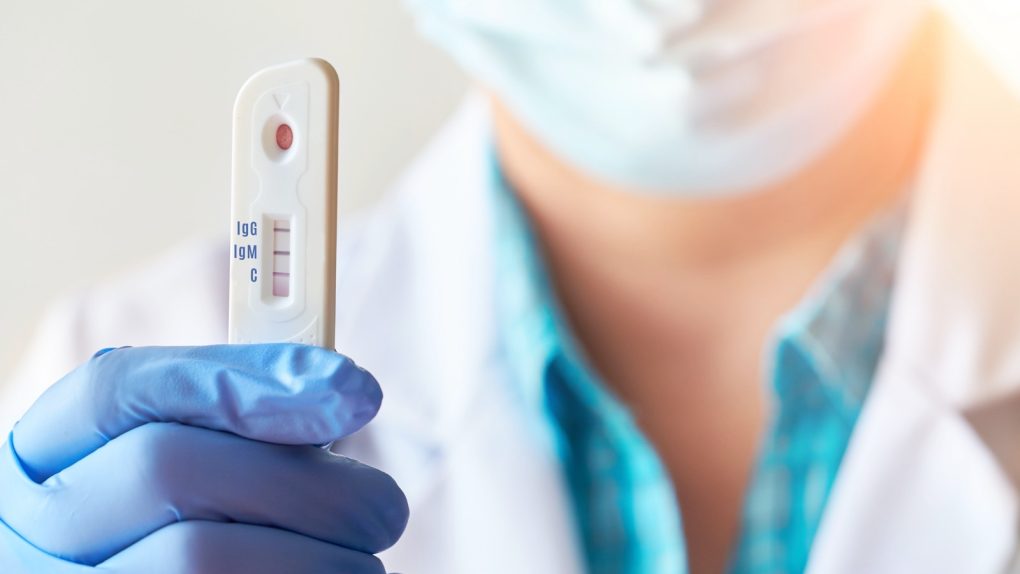- The CDC published a new coronavirus study that shows the virus was present in the US in early December 2019, much earlier than initially thought.
- The first positive COVID-19 test in the US dates back to January 19th.
- CDC researchers tested blood from donors and found that 39 people had antibodies as early as December 13th.
The origin of the novel coronavirus is still a mystery, as China has never explained how the Wuhan outbreak happened. Finding out which animals incubated this coronavirus and how the pathogen could mutate so it could bind to human ACE2 receptors is a puzzle that needs solving. And it has nothing to do with pointing the finger at China and painting it as a culprit — although China did make several mistakes in the early days of the Wuhan outbreaks and in the weeks that followed that might have helped the virus spread outside of the country.
The reason why the source of the pandemic needs to be discovered has to do with our ability to defend ourselves against this virus and future threats. Information about the first animal host could also come in handy for COVID-19 therapies and vaccine development and help researchers find ways to prevent a similar pandemic in the future.
China has been desperately trying to pin the COVID-19 source to a different country this year, whether it was the US, Spain, Italy or the Indian subcontinent. Many of those claims were based on research that showed the virus was present outside of China well before late December 2019. But China has yet to prove anything. A study showed that the SARS-CoV-2 mutation that fueled the surges in March and April came out of China as well. The more likely scenario seems to be that the virus escaped China even before late December. New research now indicates that COVID-19 came to America much earlier than initially believed, and perhaps as early as December 2019.
Today’s Best Cyber Week Deal

A new government study published Monday shows that some Americans who donated blood in mid-December 2019 already had circulating antibodies for the novel coronavirus. Antibodies are typically detectable a few weeks after the infection, so the findings indicate that US citizens were recovering from COVID-19 at some point in the first weeks of December last year.
The first COVID-19 test registered in the US dates back to January 19th. It was a traveler returning from China. Sustained community transmission started only later, with the authors of the paper saying that it was unlikely until late February.
The Centers for Disease Control and Prevention (CDC) analyzed blood donations that the American Red Cross collected from residents in nine states from December 13th through January 17th.
Out of the 7,389 samples, 106 of them tested positive for coronavirus antibodies. Of those, 39 were collected from California, Oregon, and Washington from December 13th to December 13th. This indicates that at least 39 people had recovered from COVID-19 more than a month before the first official case was detected in the US and more than two weeks before China’s first official cases.
The other 67 samples were collected in Connecticut, Iowa, Massachusetts, Michigan, Rhode Island, and Wisconsin in early January.
These findings indicate the virus arrived in the States a lot earlier than expected. Similar studies showed the virus might have been spreading in Washington state as late as late December last year. French and Italian researchers also concluded in separate studies that the virus was spreading in those countries as late as the end of 2019, well before the first cases were confirmed with PCR tests. Recently, an Italian study similar to the one CDC researchers performed showed that some Italians had coronavirus antibodies as early as mid-October 2019.
These studies do not indicate that the virus originated out of China, as the country seems to interpret them.
Like other COVID-19 research, the CDC blood study could benefit from more data. The researchers might want to conduct interviews with the donors of those blood samples and attempt to trace their infections. They could be the closest thing the US has to COVID-19 Patient Zeros. The researchers could easily see if any of the infected people had traveled to China before the infection or other places where they could have come in contact with other travelers from China.
The researchers did say that a previous survey of blood donors showed that less than 3% of respondents reported travel outside of the US within 28 days before donating blood. Of those, only 5% traveled to Asia. However, the researchers don’t seem to know whether any of the people who tested positive for antibodies traveled to Asia before infections.
Furthermore, the patients who had COVID-19 antibodies in mid-December could be tested again for the presence of neutralizing antibodies, as well as T and B cells specific to the new pathogen, to determine whether they’re still immune to the infection.
One of the advantages of knowing the identities of local Patient Zeros is getting to ask more questions and obtain additional key information about the illness. The latest coronavirus immunity research tells us that patients show a robust immune response as late as eight months after the initial infection.








